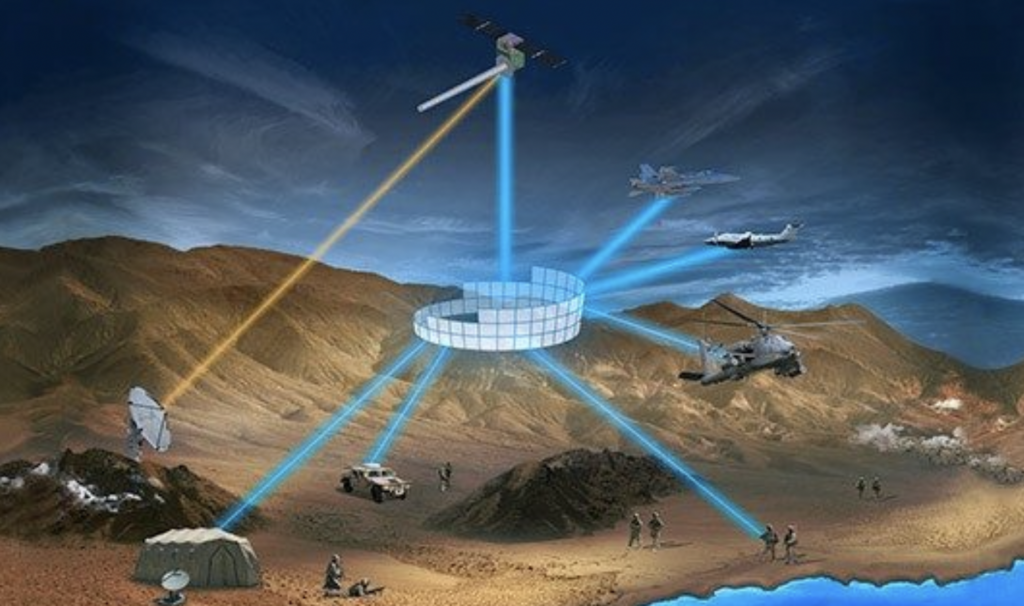The sale of Link 16 will allow Viasat to invest in its satellite business and increase its focus on space-based networks
WASHINGTON — L3Harris Technologies has agreed to acquire Viasat’s tactical data link business for $1.96 billion, the companies announced Oct. 3.
Satellite operator Viasat is selling the portion of its military communications business known as Link 16, an encrypted tactical data network used by the U.S. military and NATO allies to exchange data between ships, aircraft and troops on land.
Viasat CEO and Chairman of the Board Mark Dankberg said the sale of Link 16 allows the company to invest in its satellite business and increase its focus on space-based networks. The proceeds from the sale also are expected to reduce the company’s debt following the closing of its acquisition of Inmarsat.
The Link 16 business generates about $400 million in annual sales, or about 35% of Viasat’s Government Systems revenue, according to Viasat. There are more than 20,000 Link 16 terminals currently installed in U.S. and allied weapons systems and platforms. Viasat’s major competitor in this sector is Rockwell Collins.
Viasat’s Link 16 product line employs 450 employees. The deal is expected to close in the first half of 2023, subject to regulatory approvals.
L3Harris, a defense contractor with $17 billion in annual sales, said the acquisition gives the company access to a key technology the military uses to share data. Link 16 also is a key piece of the DoD network known as Joint All Domain Command and Control.
“Viasat’s Tactical Data Link product line naturally aligns with our proven communication capabilities,” said L3Harris’ CEO and Chairman Christopher Kubasik.
Dankberg said, post-sale, Viasat Government Systems’ annual revenue will be approximately $700 million. After the $5.5 billion Inmarsat merger is finalized, the company expects the government business to generate about $1 billion in annual sales.
The market research firm William Blair in a note to investors Oct. 3 said Viasat “shedding assets to raise capital is necessary to fund its capital-intensive satellite business and fend off intense competition from SpaceX’s Starlink.”
Analysts from Vertical Research Partners said they expect “more regulatory scrutiny of this deal than may have been the case in the past, but we think that the DoD is likely to judge that the Link 16 TDL business has a better home at LHX [L3Harris] than it does within a commercial space company.”
L3Harris for years has been a subcontractor to Viasat as an integrator of Link 16 networks. The acquisition coincides with the Pentagon’s planned expansion of the Link 16 network to the space domain.
Viasat since 2019 has been developing an experimental Link 16 satellite under a U.S. Air Force Research Laboratory contract. The satellite is years behind schedule and could launch perhaps this year or next year to test the use of a Link 16 terminal from low Earth orbit as a network relay.
Link 16 today works as a line-of-sight network, and extending it into space would provide beyond line-of-sight connectivity.
A military low Earth orbit communications network to be fielded by the Space Development Agency is expected to have Link 16 radios in every satellite. Redwire is currently under contract to produce 42 Link 16 antennas for the Space Development Agency’s Tranche 1 Transport Layer.
SDA’s Transport Layer is a low Earth orbit mesh network of optically-interconnected satellites that will send and receive wideband data to and from ground stations and mobile users.
